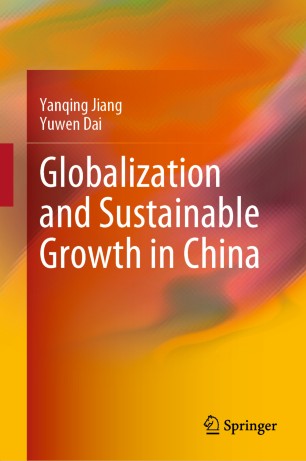

Most ebook files are in PDF format, so you can easily read them using various software such as Foxit Reader or directly on the Google Chrome browser.
Some ebook files are released by publishers in other formats such as .awz, .mobi, .epub, .fb2, etc. You may need to install specific software to read these formats on mobile/PC, such as Calibre.
Please read the tutorial at this link: https://ebookbell.com/faq
We offer FREE conversion to the popular formats you request; however, this may take some time. Therefore, right after payment, please email us, and we will try to provide the service as quickly as possible.
For some exceptional file formats or broken links (if any), please refrain from opening any disputes. Instead, email us first, and we will try to assist within a maximum of 6 hours.
EbookBell Team

4.0
86 reviewsThis book is on globalization and sustainable growth in China. Thanks to the market-oriented policy reforms initiated in the late 1970s, China has achieved spectacular economic growth over the past several decades, and its economic structure has experienced great transformation. In the meantime, in the general context of globalization, the whole country has also gradually opened up to foreign trade and foreign direct investment, transforming itself from a virtually completely closed economy to a major trading nation and the largest developing-country destination for foreign direct investment in the world. In the first three chapters of this book, we investigate the potential and actual mechanisms and channels through which globalization, especially openness to foreign trade and foreign direct investment, affects industrial development and growth disparities in China. The current wave of globalization has encouraged economic growth in the world economy and affected all sides of international economic involvement. In the next four chapters of the book, we study China and the world economy. We first join the line of research on the trade frictions between China and the United States, including an analytical chapter on trade imbalance and protectionist policy, and an empirical chapter on business cycle synchronization between China and the US. A chapter on growth cycles in the BRICS is also included to explore growth and trade linkages among these five emerging market economies. A new “conventional wisdom” on globalization is that trade and financial openness do not lead to higher economic growth by themselves, in the absence of institutional reforms. Motivated by the Chinese experience, we develop an analytical framework in the last chapter to examine the case of growth targeting in China and draw policy implication for LDCs on how to achieve positive and sustainable economic growth. This book provides the readers with new facts and new findings that shed light on their understanding of globalization and sustainable growth in China.